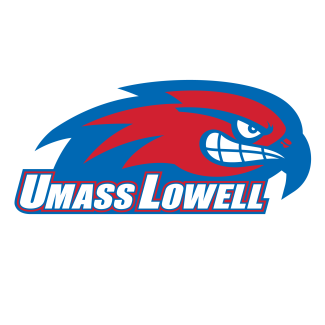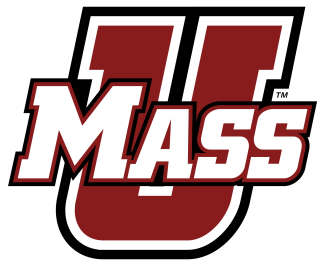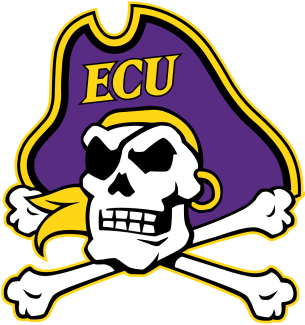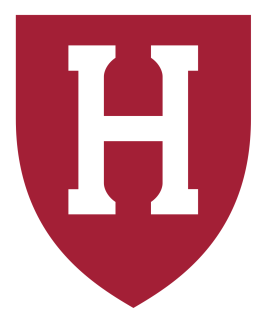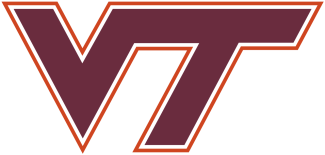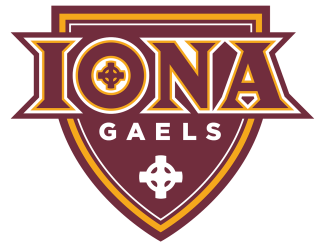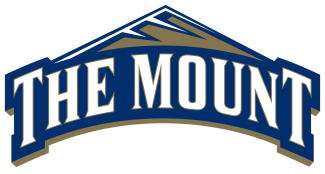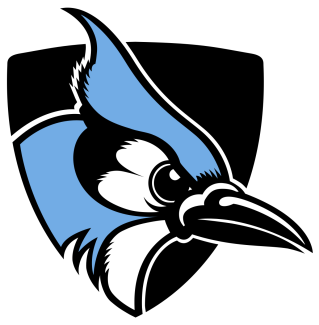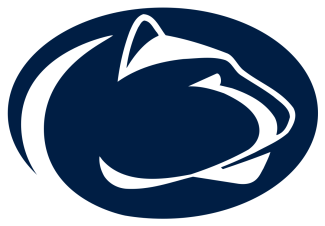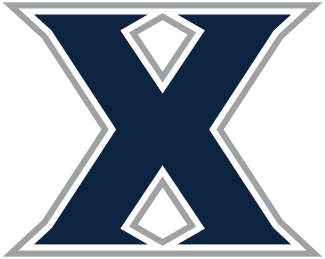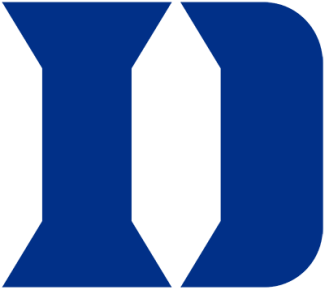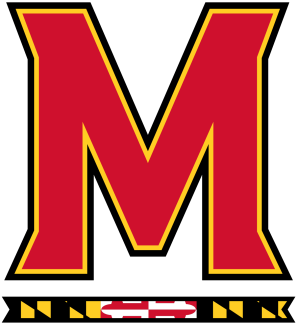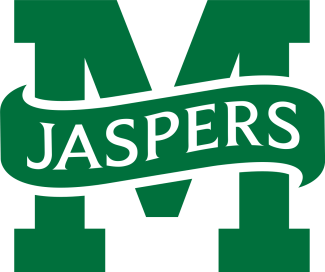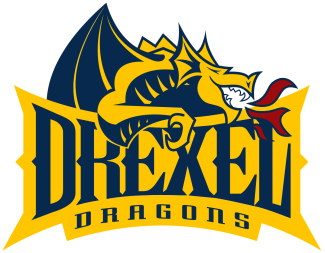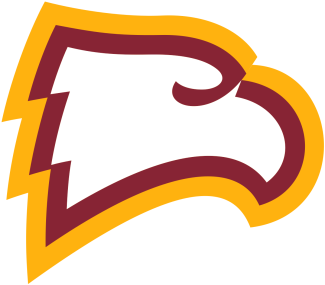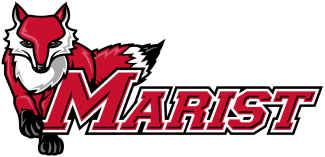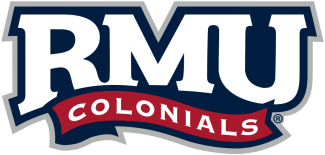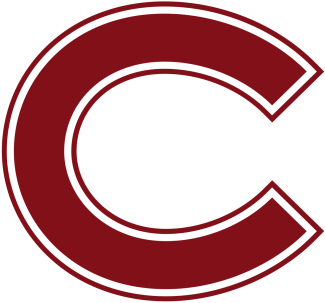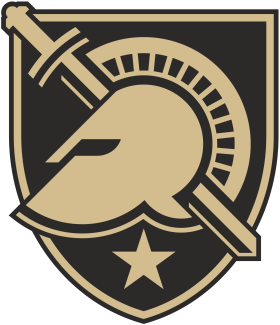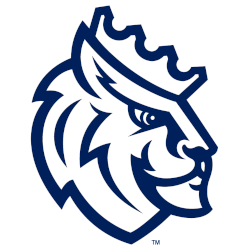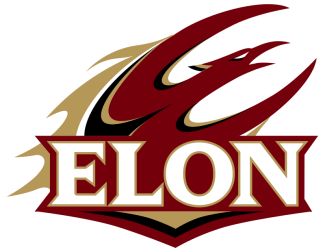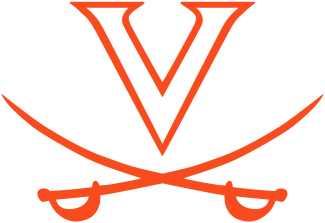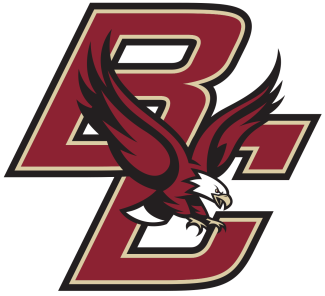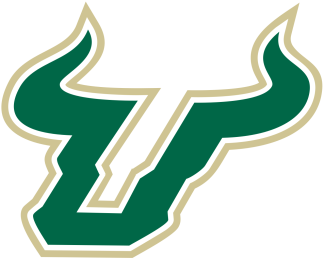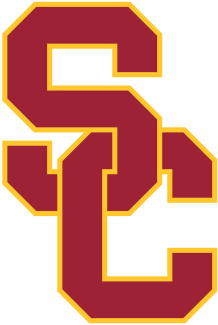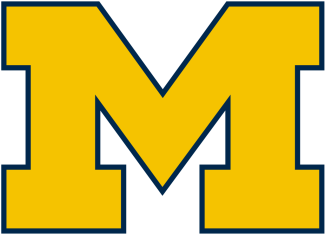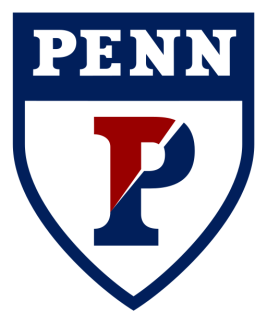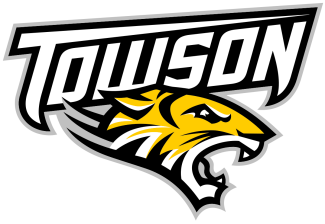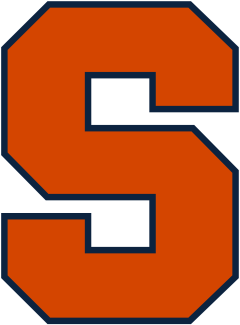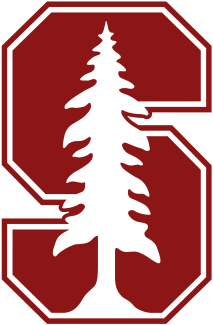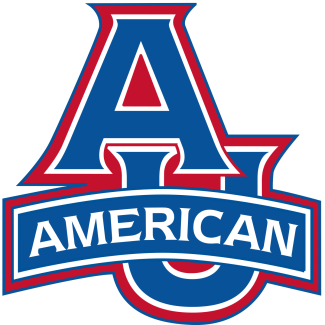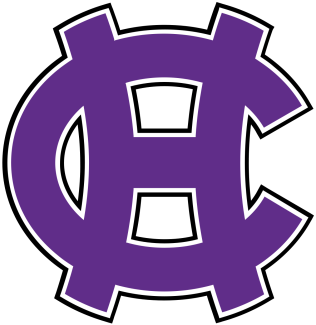It’s fertile ground for the sport. USA Lacrosse has identified the Portland metro area as a market that’s ripe for investment in 2023. The sport’s governing body announced this week it has selected Portland as a pilot location for the Ignite the Future event series.
Ignite the Future Portland will feature player, coach and officials’ clinics, along with a Sixes Tournament for 12U, 14U and high school-aged boys’ and girls’ teams. Pro players Adam Ghitelman and Jules Heningburg, former Syracuse speedster Sam Swart and decorated former college coaches Liz Robertshaw and Rick Sowell — all of whom have U.S. national team ties — comprise an all-star lineup of clinicians.
While participation in Portland has stagnated since the onset of the pandemic, local lacrosse leaders remain bullish about the sport’s growth potential especially in underrepresented communities like Hillsboro and East Portland.
“USA Lacrosse has traditionally spread its influence across the entire country to fuel the growth of the sport in all corners. But to fuel real, significant growth, it’s got to be more than just sprinkling seeds. We need to go deeper,” said Brian Silcott, vice president of sport growth and development at USA Lacrosse. “We’ve started to look at key communities that have strong potential for growth — with a strong infrastructure already in place, a community that’s engaged and an opportunity for us to dive deeper. We believe these communities will bring a return on investment, and that return is participation.”
Lacrosse in Portland dates to the 1960s. Participation was sporadic, however, until the mid-1990s, when forerunners like Bill Rexford, Mark Flood, Kris Van Hatcher, and Curt Sheinin established high school teams at Glencoe, West Linn, Oregon Episcopal and Lakeridge. Then came the boom.
By 2006, Portland had a pro team — the National Lacrosse League’s Portland LumberJax — with star players like Brodie Merrill and Ryan Powell who made the sport more visible. Powell moved to Portland and started Rhino Lacrosse, offering year-round training and offseason competition to more serious players (even if some showed up in jeans on the first day). A fully endorsed Nike athlete, Powell came to Portland at time when the Beaverton-based sports apparel and footwear titan started taking a greater interest in the fastest sport on two feet.
Dordevic was hooked. He met Powell as a ball boy at the Rose Garden and struck up a friendship with Handley, whose father, J.B., was putting together a town team in Lake Oswego. It was a five-minute bike ride to the Handley house, where the boys wore out the baseball rebounder in the backyard repurposed for a sport they found eminently more exciting.
In the next town over, Chop Gallagher’s family installed artificial turf in the backyard. Zappitello and Gallagher, a CAA All-Rookie attackman at Towson last spring, still play there. They came up together in the Sunset Lacrosse Club and were classmates at Sunset High School.
“Attached at the hip,” Sanford said.
Search “Tualatin Valley Youth Lacrosse” on YouTube and you’ll stumble across a 2015 promo video in which a 13-year-old Zappitello in Sunset purple gushes, “I like that it’s a physical sport — and that you could hit people.”
In 2012, Peter Baum put Portland lacrosse on the map for good, winning the Tewaaraton Award as a junior attackman at Colgate. He was the top scorer in country and became the first men’s player not from the East Coast to win the award, later winning a Major League Lacrosse championship with the Ohio Machine.
“I coached against Peter in high school,” said Paul Schlesinger, president of the Oregon High School Lacrosse Association. “Watching him pick up the game and go on to do what he’s done, it says volumes of what can happen and what does happen in places like Portland.”
